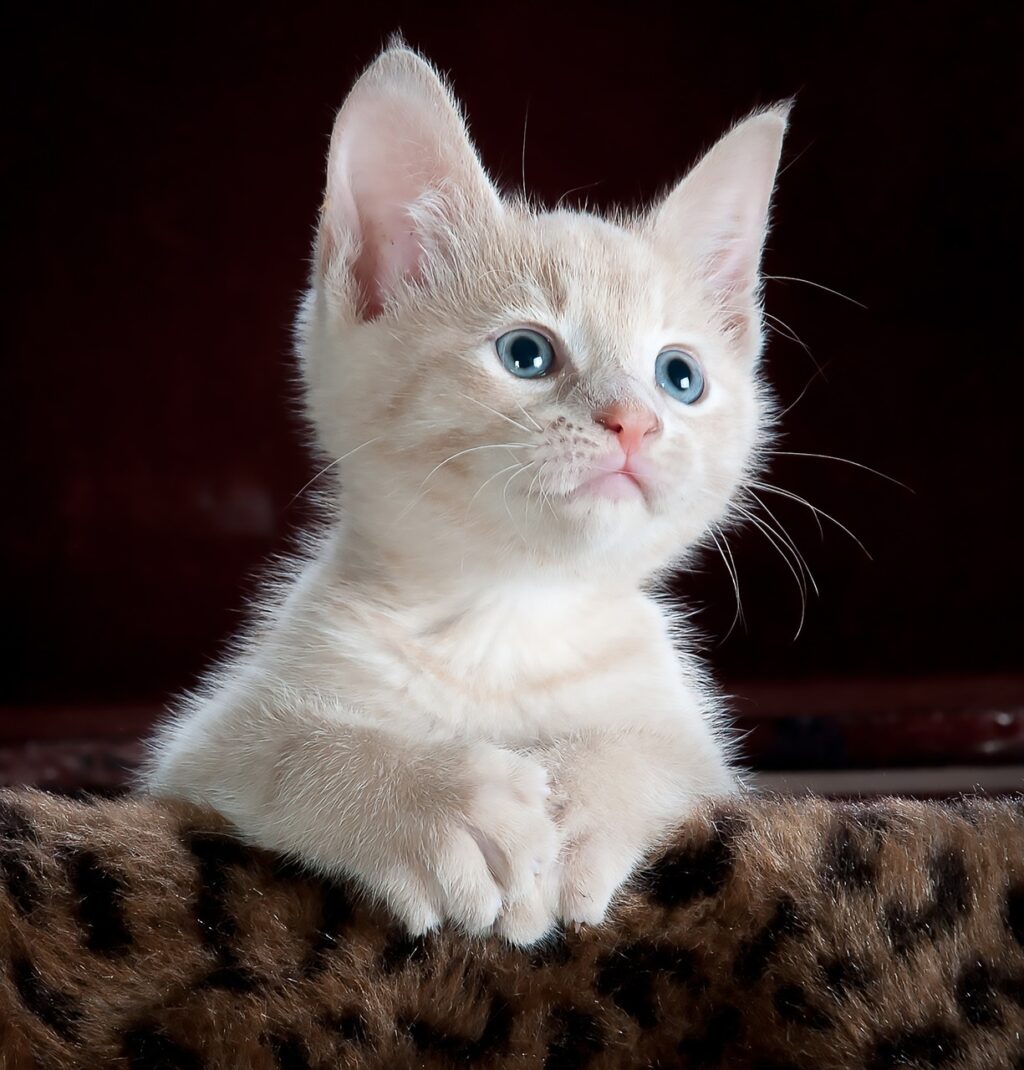
Common Cat Diseases: Symptoms, Prevention, and Treatment

Introduction
Cats are wonderful companions, but like all living beings, they can suffer from a variety of health issues. Being informed about the most common cat diseases can help pet owners recognize symptoms early, seek veterinary care promptly, and take preventive measures to keep their feline friends healthy.
1. Feline Upper Respiratory Infections (URI)
Feline upper respiratory infections are caused by viruses and bacteria, with feline herpesvirus (FHV) and feline calicivirus (FCV) being the most common culprits. These infections are particularly prevalent in multi-cat households and shelters.
Symptoms
- Frequent sneezing
- Runny nose
- Watery eyes
- Loss of appetite
- Fever
Prevention and Treatment
Vaccination is the most effective way to prevent URIs. Maintaining a clean and stress-free environment also helps. Treatment usually involves supportive care, such as hydration, nutritional support, and sometimes antibiotics for secondary bacterial infections.
2. Feline Lower Urinary Tract Disease (FLUTD)
FLUTD encompasses a variety of conditions affecting a cat’s bladder and urethra, including bladder stones, urinary tract infections, and urethral blockages.
Symptoms
- Straining to urinate
- Frequent trips to the litter box
- Blood in the urine
- Urinating outside the litter box
- Lethargy and vomiting (in severe cases)
Prevention and Treatment
Feeding a balanced diet, encouraging hydration, and managing stress are key to preventing FLUTD. Treatment varies depending on the cause and may include dietary changes, medication, or surgery.
3. Feline Leukemia Virus (FeLV)
FeLV is a contagious viral infection that suppresses a cat’s immune system, making them susceptible to other illnesses. It is transmitted through saliva, nasal secretions, urine, feces, and milk from infected cats.
Symptoms
- Loss of appetite
- Pale gums
- Frequent infections
- Weight loss
- Fever
Prevention and Treatment
Vaccination and minimizing exposure to infected cats are essential preventive measures. There is no cure for FeLV, but supportive care can improve a cat’s quality of life.
4. Feline Diabetes
Feline diabetes occurs when a cat’s body cannot properly regulate blood sugar levels. It is more common in overweight and older cats.
Symptoms
- Increased thirst and urination
- Weight loss despite a good appetite
- Lethargy
- Vomiting
- Weakness in the hind legs
Prevention and Treatment
Maintaining a healthy weight through diet and exercise is key to prevention. Treatment typically involves insulin therapy, a specialized diet, and regular blood sugar monitoring.
5. Dental Disease
Dental disease is one of the most common health issues in cats. It can lead to pain, difficulty eating, and systemic infections if left untreated.
Symptoms
- Bad breath
- Drooling
- Difficulty eating
- Red or swollen gums
- Loose teeth
Prevention and Treatment
Regular dental check-ups and teeth cleaning are essential for prevention. Treatment may involve professional cleaning, extractions, and antibiotics for infections.
6. Hyperthyroidism
Hyperthyroidism is a hormonal condition that commonly affects older cats. It occurs when the thyroid gland produces excessive hormones.
Symptoms
- Increased appetite
- Weight loss
- Hyperactivity
- Increased thirst and urination
- Vomiting
Prevention and Treatment
While there is no guaranteed way to prevent hyperthyroidism, early detection through regular vet visits is crucial. Treatment options include medication, radioactive iodine therapy, and surgery.
7. Parasites
Internal and external parasites, such as fleas, ticks, worms, and ear mites, are common in cats and can lead to various health issues.
Symptoms
- Scratching and skin irritation
- Hair loss
- Diarrhea
- Vomiting
- Visible parasites in feces or on the skin
Prevention and Treatment
Regular use of parasite preventatives and maintaining a clean environment are effective prevention strategies. Treatment depends on the type of parasite and may include topical treatments, oral medications, or deworming agents.
Conclusion
Understanding common cat diseases is essential for ensuring your pet’s well-being. Regular veterinary check-ups, a healthy diet, and a clean environment are key to preventing many illnesses. If you notice any unusual symptoms in your cat, consult your veterinarian promptly to provide the best care possible.



